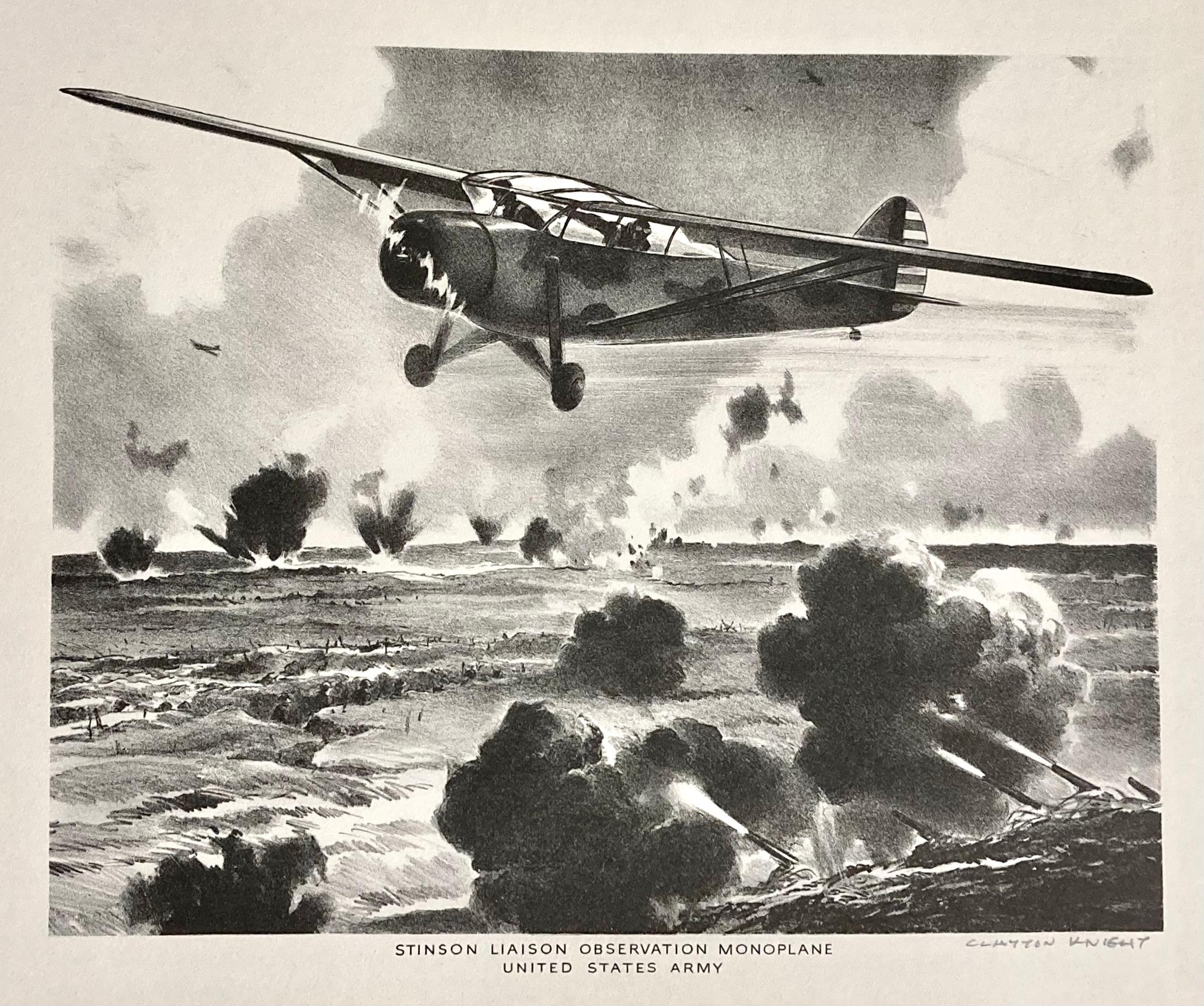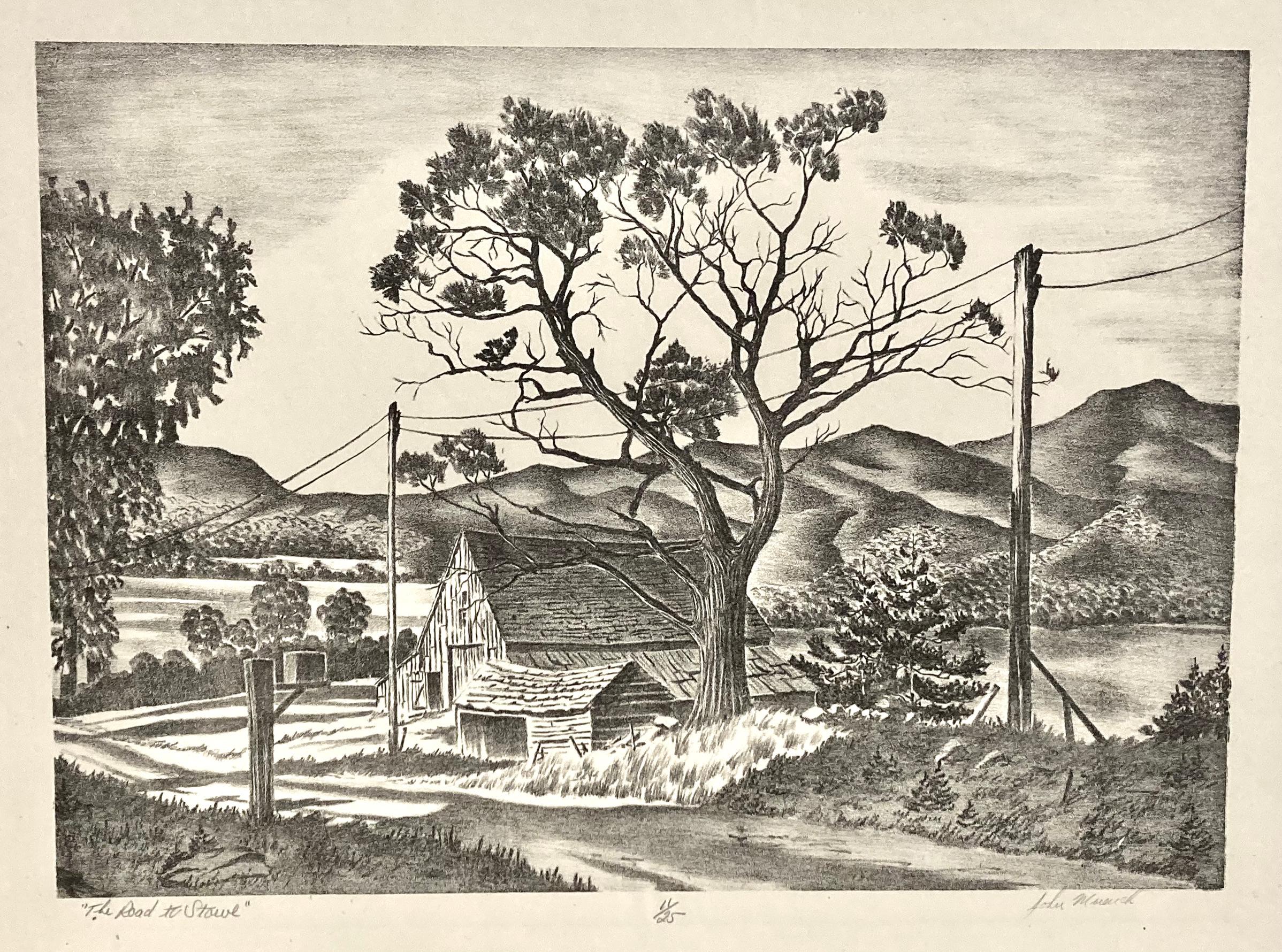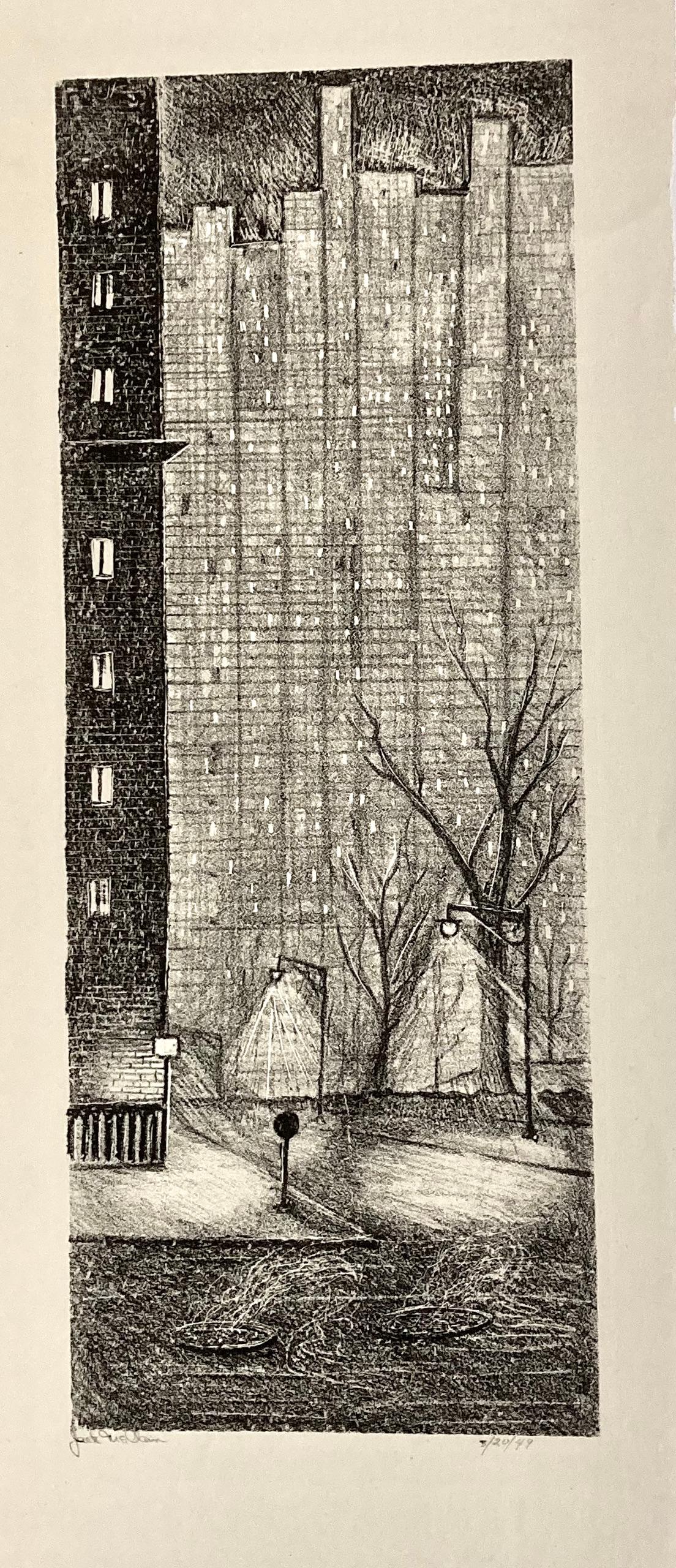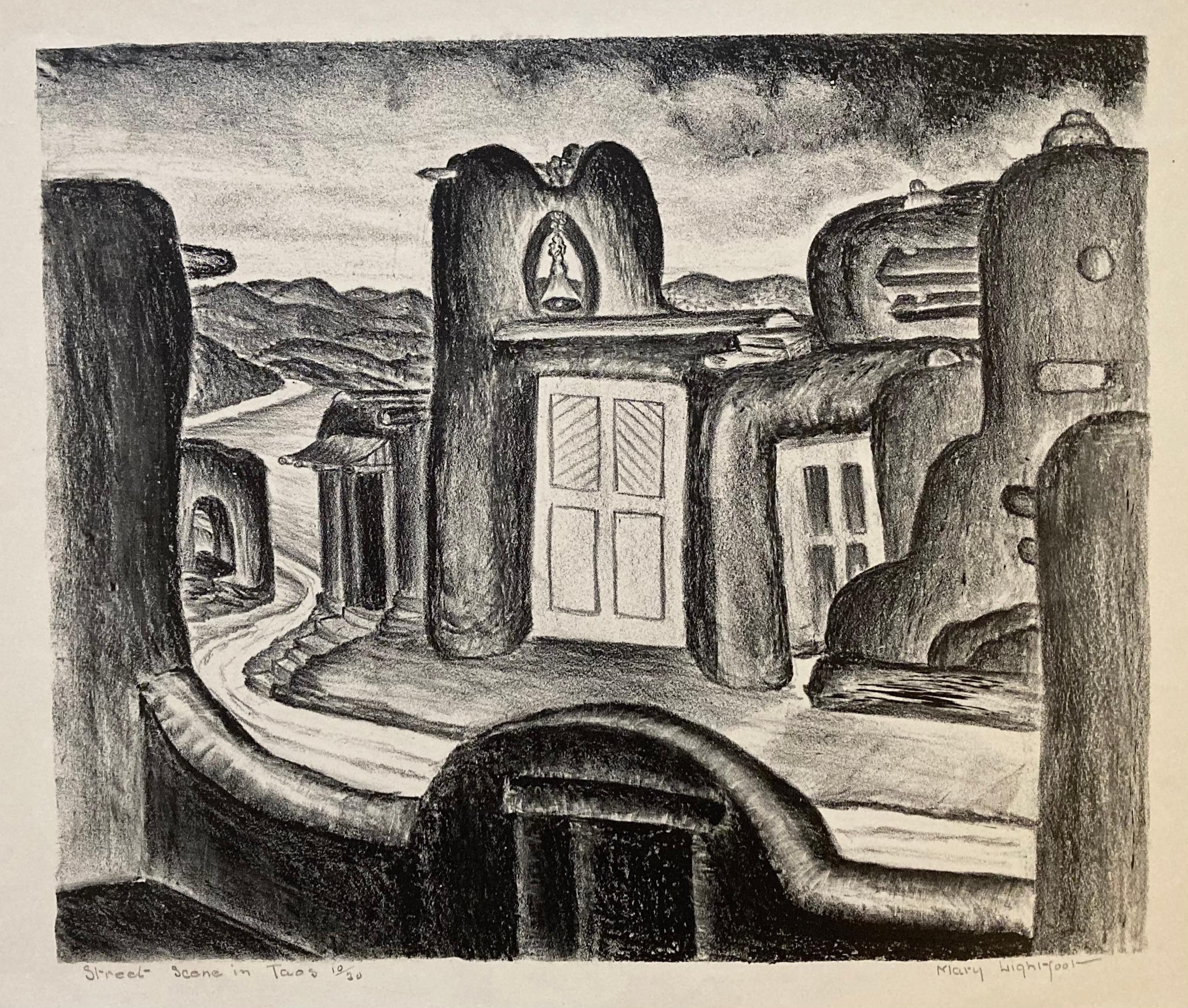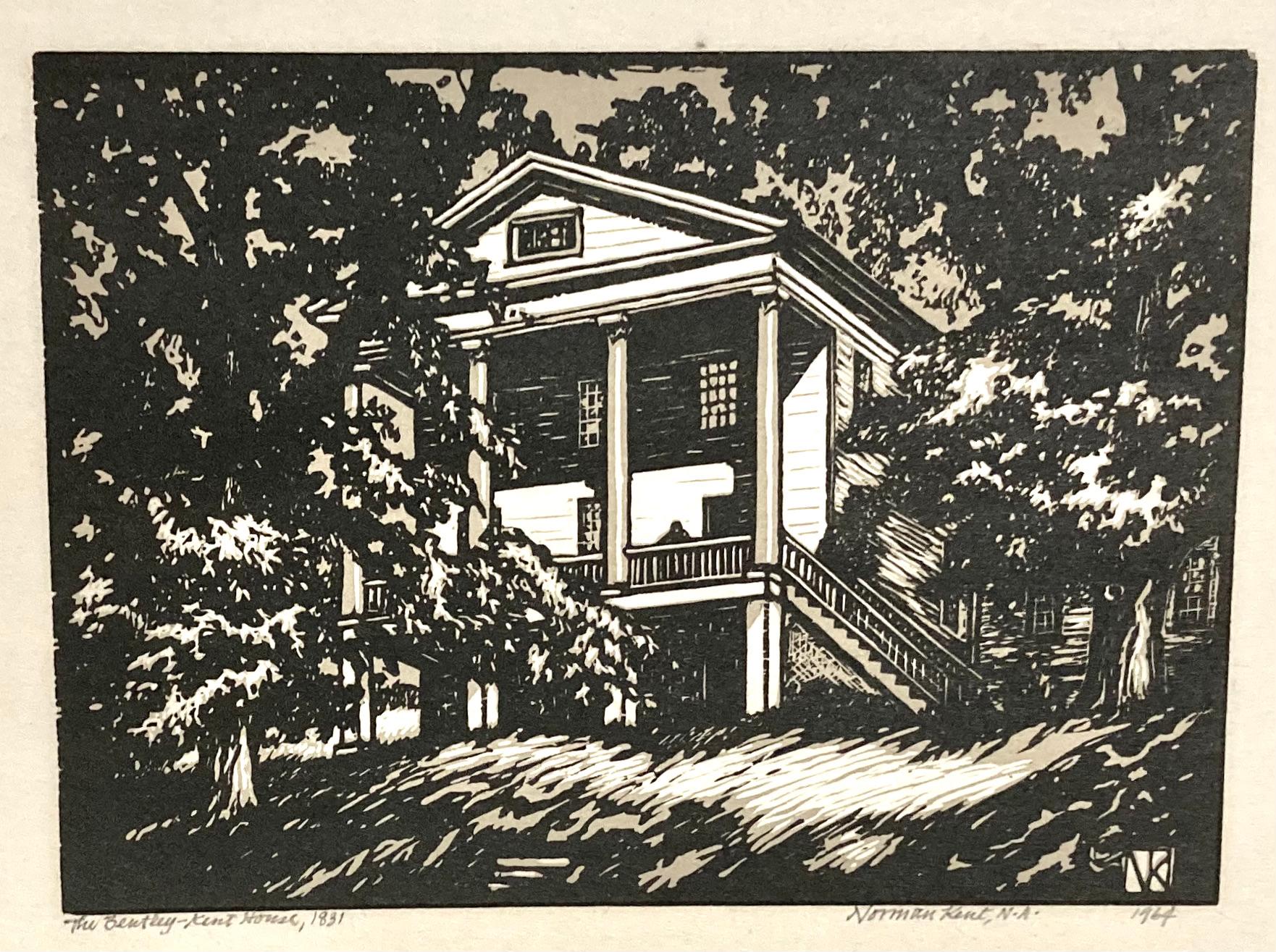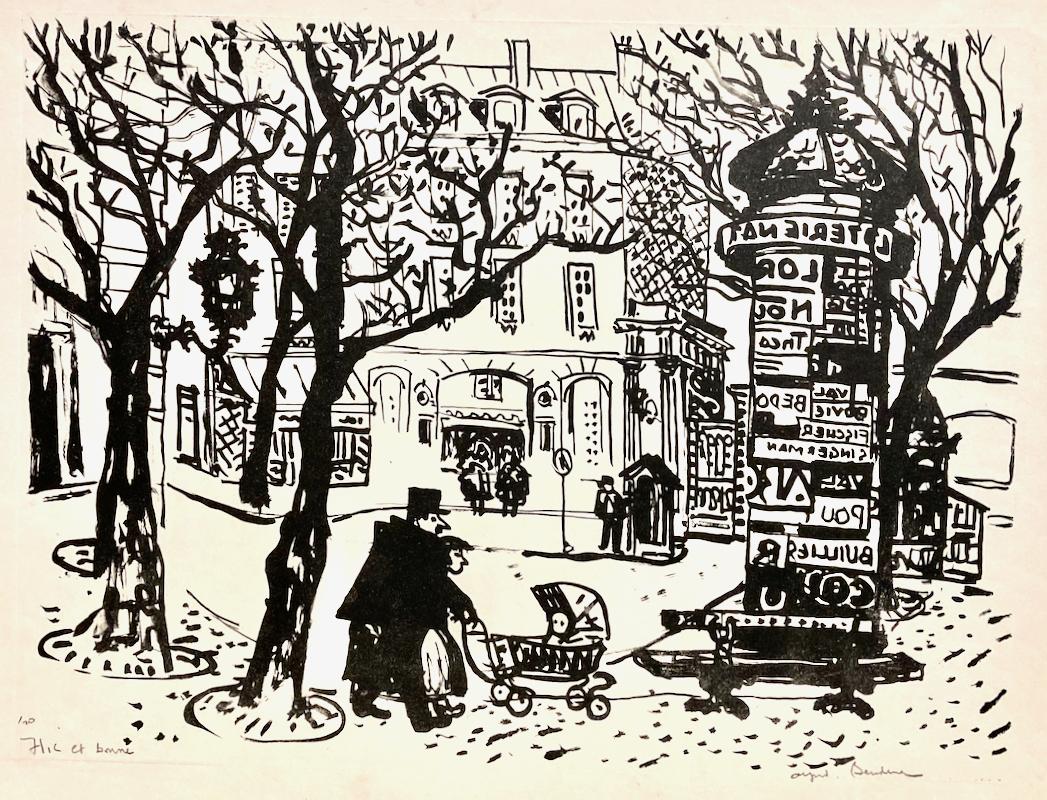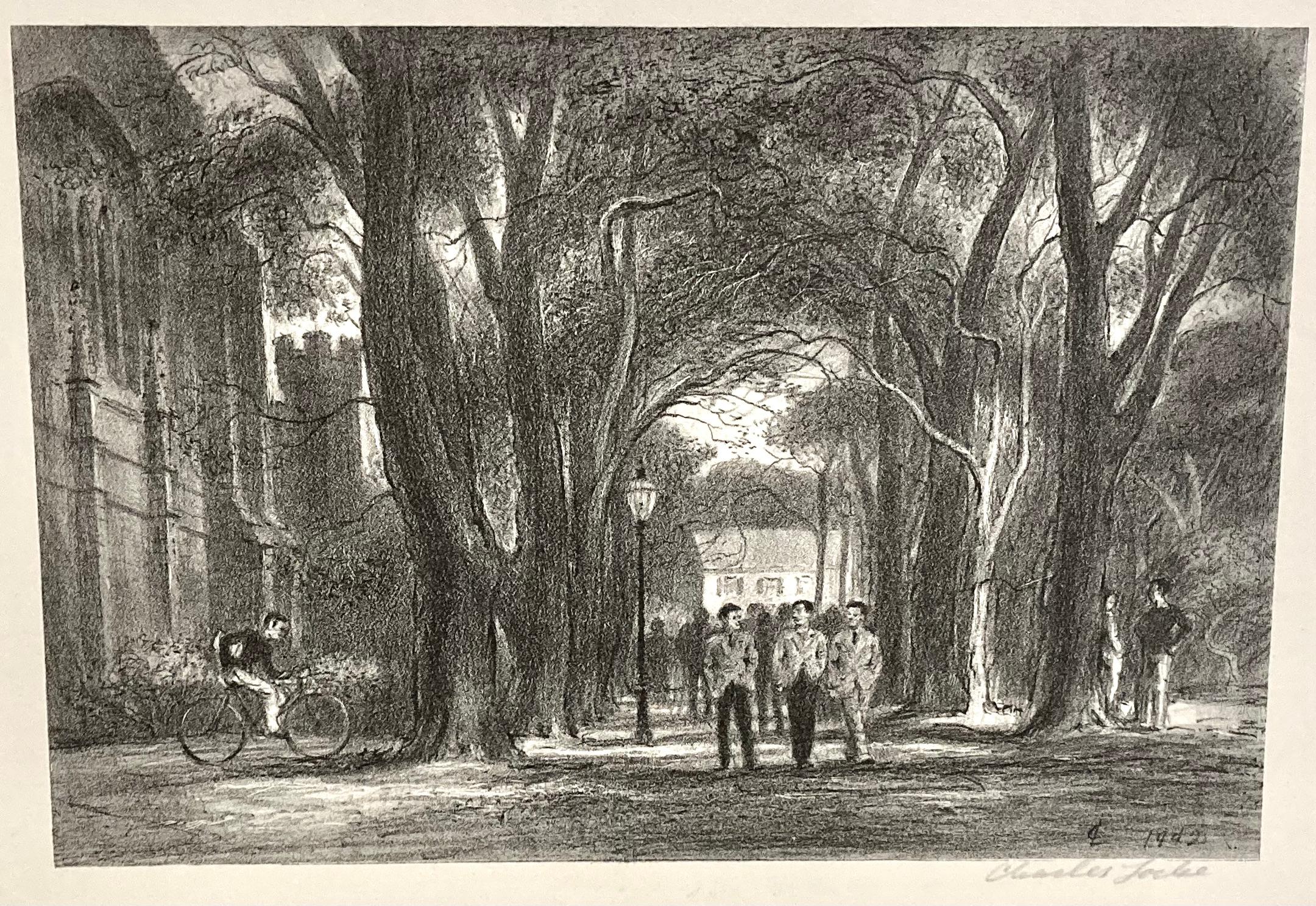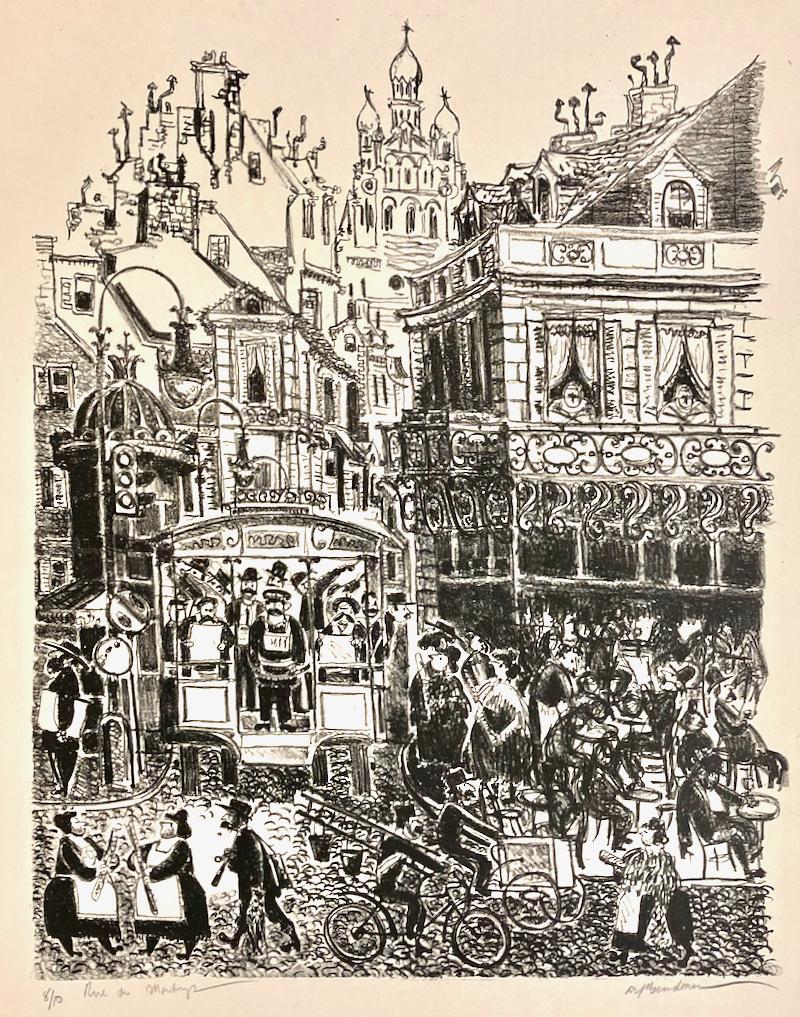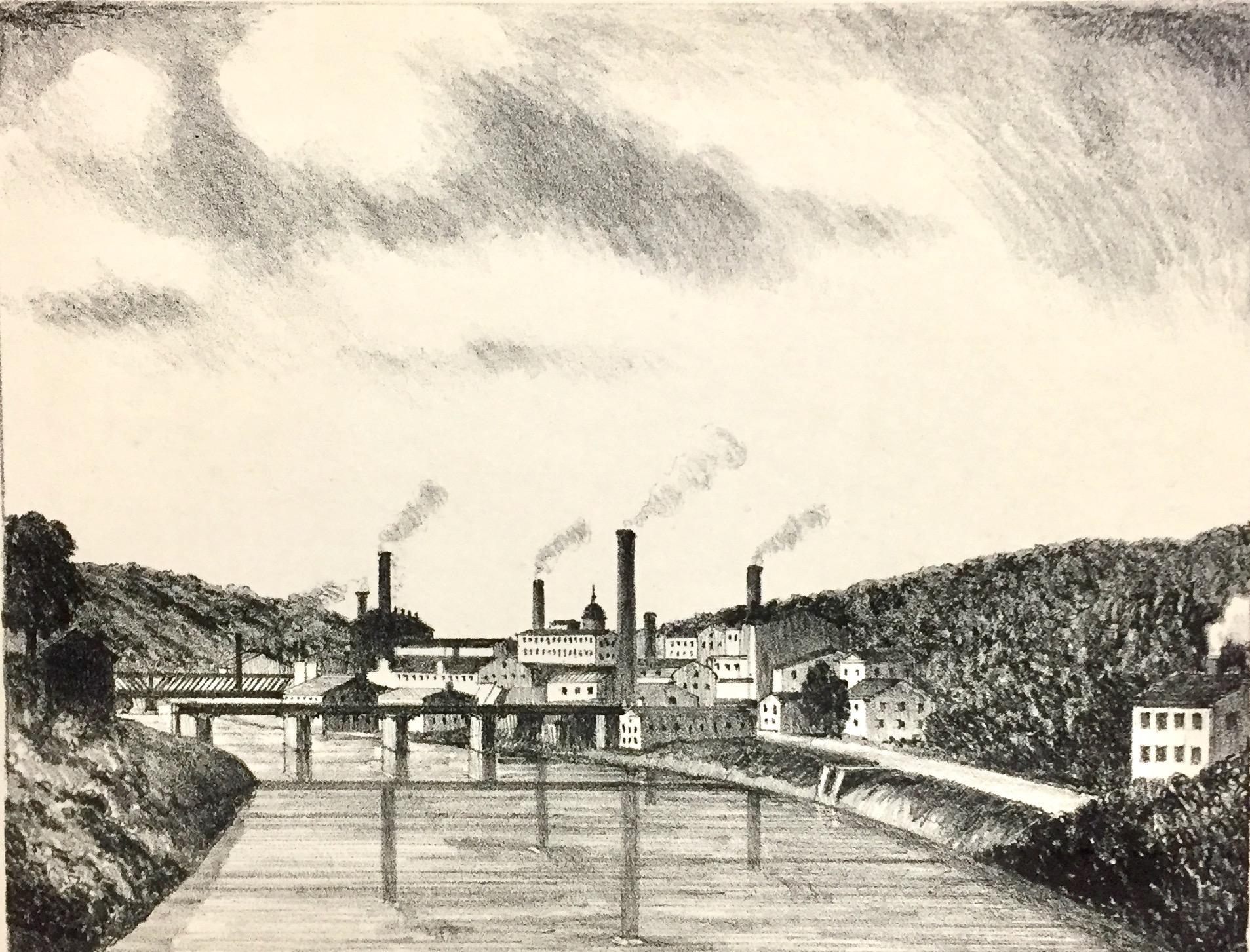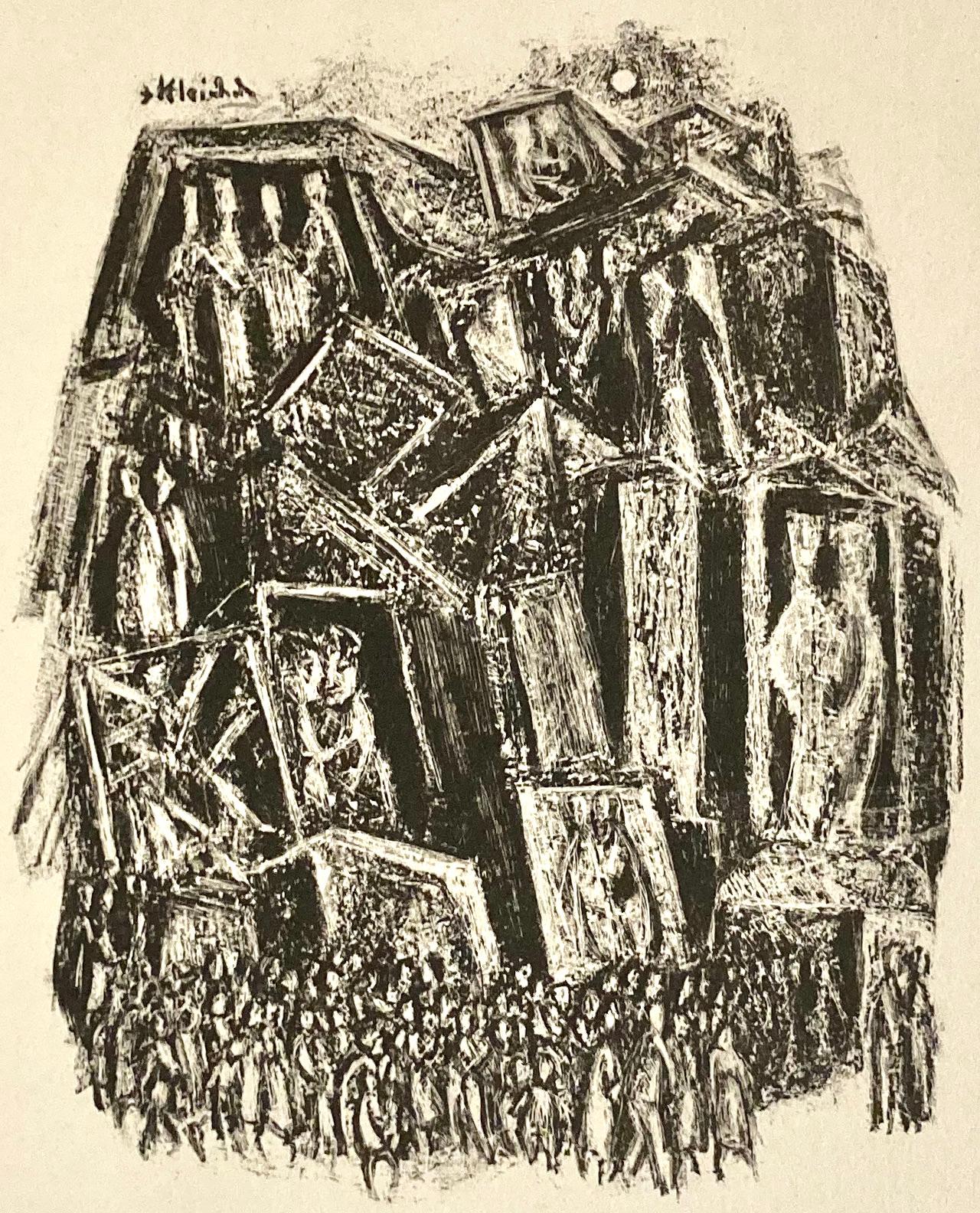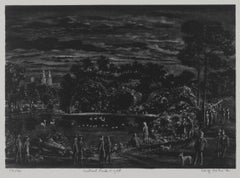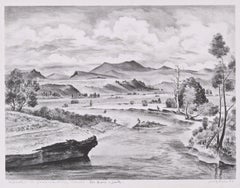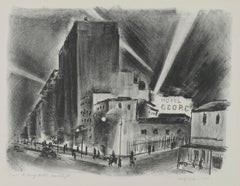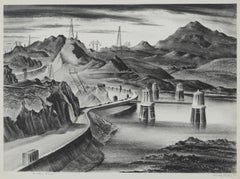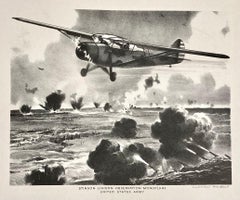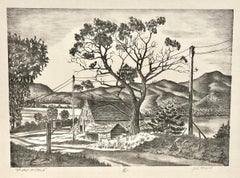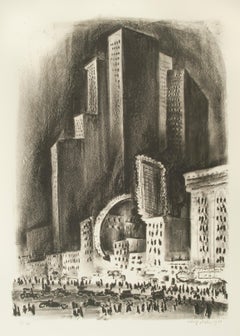
New York Night
View Similar Items
Want more images or videos?
Request additional images or videos from the seller
1 of 10
Adolf DehnNew York Night1930
1930
Price:$3,200
$4,000List Price
About the Item
- Creator:Adolf Dehn (1895 - 1968, American)
- Creation Year:1930
- Dimensions:Height: 19.125 in (48.58 cm)Width: 13.5 in (34.29 cm)
- Medium:
- Movement & Style:
- Period:
- Condition:
- Gallery Location:Fairlawn, OH
- Reference Number:Seller: AD00182.181stDibs: LU14012945702
About the Seller
5.0
Recognized Seller
These prestigious sellers are industry leaders and represent the highest echelon for item quality and design.
Gold Seller
Premium sellers maintaining a 4.3+ rating and 24-hour response times
Established in 1978
1stDibs seller since 2013
798 sales on 1stDibs
Associations
International Fine Print Dealers Association
Authenticity Guarantee
In the unlikely event there’s an issue with an item’s authenticity, contact us within 1 year for a full refund. DetailsMoney-Back Guarantee
If your item is not as described, is damaged in transit, or does not arrive, contact us within 7 days for a full refund. Details24-Hour Cancellation
You have a 24-hour grace period in which to reconsider your purchase, with no questions asked.Vetted Professional Sellers
Our world-class sellers must adhere to strict standards for service and quality, maintaining the integrity of our listings.Price-Match Guarantee
If you find that a seller listed the same item for a lower price elsewhere, we’ll match it.Trusted Global Delivery
Our best-in-class carrier network provides specialized shipping options worldwide, including custom delivery.More From This Seller
View AllCentral Park Night
By Adolf Dehn
Located in Fairlawn, OH
Central Park Night
Lithograph, 1946
Signed and dated lower right (see photo)
Titled, lower center
Number lower left (see photo)
Edition: 40, plus trial proofs (23/40)
This image depi...
Category
1940s American Modern Landscape Prints
Materials
Lithograph
Trout Fishing on the Gunnison (Colorado)
By Adolf Dehn
Located in Fairlawn, OH
Trout Fishing on the Gunnison (Colorado)
Lithograph, 1941
Signed and dated '42 in pencil lower right
Annotated lower left:
"40 Prints-The Gunnison River, Colorado-For Anne & Jack"
Ed...
Category
1940s American Modern Landscape Prints
Materials
Lithograph
St. George Hotel Searchlight
By Adolf Dehn
Located in Fairlawn, OH
St. George Hotel Searchlight
Lithograph, 1930
Signed in pencil lower right (see photo)
Titled lower left (see photo)
Edition: 30
Printed by Meister Schulz, Berlin
The image depicts t...
Category
1930s American Modern Landscape Prints
Materials
Lithograph
Boulder Dam
By Adolf Dehn
Located in Fairlawn, OH
Boulder Dam
Lithograph, 1946
Signed and dated in pencil lower right (see photo)
Titled in pencil lower left (see photo)
Printed by Lawrence Barrett, Colorado Springs
Edition of 40 or...
Category
1940s American Modern Landscape Prints
Materials
Lithograph
Niagara Falls
By Adolf Arthur Dehn
Located in Fairlawn, OH
Niagara Falls
Lithograph, 1931
Signed lower right (see photo)
Titled/edition lower left. (see photo)
Edition of 25
Provenance: the Estate of the Artist
Condition: Excellent
Image si...
Category
1930s American Modern Landscape Prints
Materials
Lithograph
Brooklyn Waterfront
By Adolf Arthur Dehn
Located in Fairlawn, OH
Brooklyn Waterfront
Lithograph, 1931
Signed, titled, and dated in pencil by the artist
Edition: Undetermined (very small), plus artist's proofs
Printed by Meister Schulz, Berlin
Provenance:
Estate of the artist
Virginia Dehn, the artist's widow
Dehn Quests
Bibliography:
Lumsdaine and O'Sullivan 152
Illustrated: Adams, The Sensuous Life of Adolf Dehn, Fig. 9.14, page 213 (This impression)
Adolf Dehn, American Watercolorist and Printmaker, 1895-1968
Adolf Dehn was an artist who achieved extraordinary artistic heights, but in a very particular artistic sphere—not so much in oil painting as in watercolor and lithography. Long recognized as a master by serious print collectors, he is gradually gaining recognition as a notable and influential figure in the overall history of American art.
In the 19th century, with the invention of the rotary press, which made possible enormous print runs, and the development of the popular, mass-market magazines, newspaper and magazine illustration developed into an artistic realm of its own, often surprisingly divorced from the world of museums and art exhibitions, and today remains surprisingly overlooked by most art historians. Dehn in many regards was an outgrowth of this world, although in an unusual way, since as a young man he produced most of his illustrative work not for popular magazines, such as The Saturday Evening Post, but rather for radical journals, such as The Masses or The Liberator, or artistic “little magazines” such as The Dial. This background established the foundation of his outlook, and led later to his unique and distinctive contribution to American graphic art.
If there’s a distinctive quality to his work, it was his skill in introducing unusual tonal and textural effects into his work, particularly in printmaking but also in watercolor. Jackson Pollock seems to have been one of many notable artists who were influenced by his techniques.
Early Years, 1895-1922
For an artist largely remembered for scenes of Vienna and Paris, Adolf Dehn’s background was a surprising one. Born in Waterville, Minnesota, on November 22, 1895, Dehn was the descendent of farmers who had emigrated from Germany and homesteaded in the region, initially in a one-room log cabin with a dirt floor. Adolf’s father, Arthur Clark Dehn, was a hunter and trapper who took pride that he had no boss but himself, and who had little use for art. Indeed, during Adolf’s boyhood the walls of his bedroom and the space under his bed were filled with the pelts of mink, muskrats and skunks that his father had killed, skinned and stretched on drying boards. It was Adolf’s mother, Emilie Haas Dehn, a faithful member of the German Lutheran Evangelical Church, who encouraged his interest in art, which became apparent early in childhood. Both parents were ardent socialists, and supporters of Eugene Debs...
Category
1920s American Modern Landscape Prints
Materials
Lithograph
You May Also Like
Clayton Knight, Stinson Liaison Observation Monoplane
Located in New York, NY
Clayton Knight drew a careful rendering of the plane -- even showing how it would look in the air as it banked.
Edward Stinson was an accomplished, eve...
Category
1940s American Modern Figurative Prints
Materials
Lithograph
John Muench, The Road to Stow
Located in New York, NY
John Muench was a master at drawing on a lithographic stone. He was a New Englander and this is a classic subject both for him and for the area. The...
Category
Mid-20th Century American Modern Landscape Prints
Materials
Lithograph
Jack McClain, (Evening in the City) (NYC)
Located in New York, NY
A moody evening in New York City. The buildings capture the quiet that New York sometimes achieves.
Signed and dated in pencil.
Category
Mid-20th Century American Modern Landscape Prints
Materials
Lithograph
Mary Lightfoot, Street Scene in Taos
Located in New York, NY
Mary Lightfoot was born in Ravenna, Texas. She studied at the College of Industrial Arts in Denton and the North Texas State Teachers College prior to receiving a master of arts degree from Columbia University. Her entire teaching career was with the Dallas Public School system; she summered in Europe...
Category
Mid-20th Century American Modern Landscape Prints
Materials
Lithograph
Norman Kent, The Bentley-Kent House, 1831
Located in New York, NY
Signed titled, and dated, in pencil, and annotated in lower margin "My great-great grandfather's house, built in Bentleyville, Ohio in 1831; torn down in 1956."
The wood engraving i...
Category
1960s American Modern Landscape Prints
Materials
Lithograph
Alfred Bendiner, Flic et Bonne (Gendarme and Nursemaid)
By Alfred Bendiner
Located in New York, NY
The world was Bendiner's oyster, but here he shows us a all we need in a small corner of Paris. It's charming and safe: the 'Flic et Bonne' (gendarme and nursemaid) are together, goi...
Category
1950s American Modern Landscape Prints
Materials
Lithograph
